Why are CNC machines so precise?
There are various types of CNC (computer numerical control) machines and precision CNC machining equipment available, such as CNC punching machines, CNC plasma cutting machines, and CNC EDM machines; this article will specifically focus on CNC milling machines and CNC lathe machines. A CNC machine’s operation for any other manufacturing process follows a similar principle.
CNC machines are known for their exceptional precision, which can be attributed to two key factors. First and foremost, CNC utilizes a semi-closed-loop control system, and secondly, the components of a CNC machine are meticulously designed for high precision.
Semi-Closed-Loop Control System
One key factor contributing to CNC machine precision is the machine’s semi-closed-loop control system. It is called semi-closed because the system is a combination of a closed-loop control system and an open-loop control system. This system allows for continuous feedback and adjustment during the precision machining process.
What is a closed-loop system?
In a closed-loop system, precise control is achieved through continuous monitoring and feedback. Here’s a simplified explanation of how it works:
The system receives input from sensors that measure relevant parameters.
These sensors provide real-time data on the system’s current state.
The data is compared to a predefined setpoint or target value.
If there is a deviation, the system automatically adjusts its output.
This adjustment is continuously fed back into the system for further evaluation.
The process repeats, with constant monitoring and adjustment, until the desired output is achieved.
By utilizing this closed-loop approach, systems can maintain accuracy and stability by constantly adapting to changing conditions. This ensures reliable and precise control across various manufacturing processes and applications.
Consider a delivery person who continually updates you on their progress, allowing you to change their route and speed in real time. This is an example of a closed-loop system.
What is an open-loop system?
In an open-loop system, there is no feedback on the execution result. Consider the following delivery person example: if you give a command to him to come, there is no feedback on his path or position; this is an open-loop system.
CNC machines’ control system
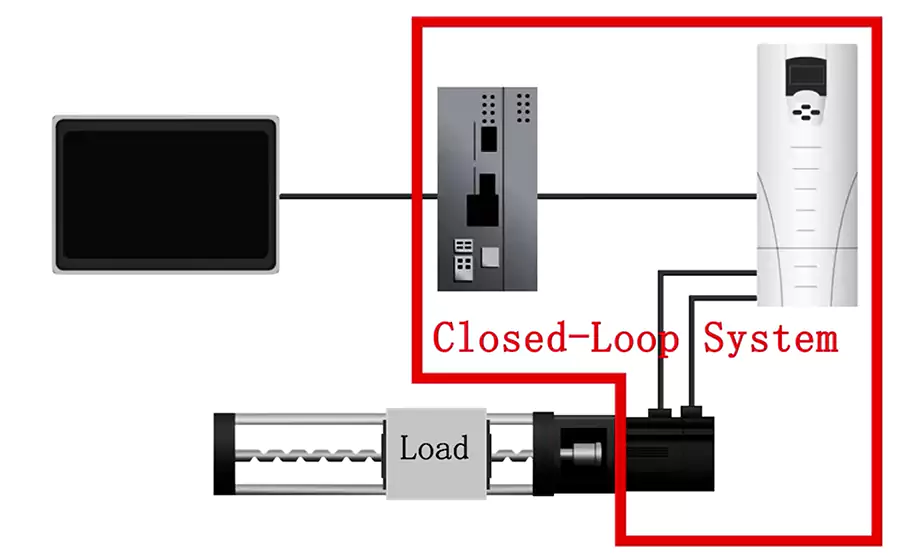
Control systems for CNC lathes and milling machines comprise a controller, motor drive, encoder, servo motor, ball screw, and load. A closed-loop control system exists between the controller and the servo motor, whereas an open-loop system exists between the servo motor and the load. The precision of CNC machining is ensured by the closed-loop system’s fast response to the open-loop system’s mechanical rigidity and the close-to-zero gap between mechanical parts.
Components of CNC machine control system
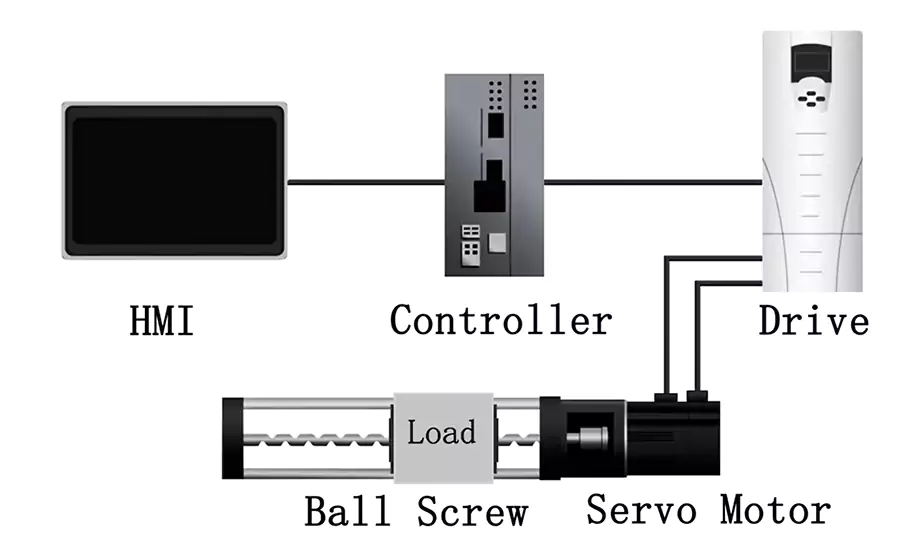
1. HMI (Human Machine Interface):
The HMI is basically an operation screen with some buttons and lights. It converts the input from human or software to a language that the CNC machine can understand and send the information to the Controller.
2. Controller:
The controller serves as the brain of the CNC machine, processing instructions from the operator and executing logical calculations. It communicates with the other components and sends commands to the drive.
3. Drive:
The drive converts the instructions from the controller into specific voltage or current signals, which are then sent to the servo motor.
4. Servo Motor:
The servo motor receives the signals from the drive and converts them into rotational motion. It is equipped with an optical encoder that detects the position and speed of the motor.
5. Optical Encoder:
The optical encoder rotated together with the servo motor, sends the motor’s position and speed feedback to the controller.
4. Ball Screw:
The ball screw converts the rotational motion of the servo motor into linear motion, driving the load to the desired position at a specified speed.
Each component is designed with precision in mind, incorporating high-quality materials, advanced manufacturing techniques, and rigorous quality control. This attention to detail ensures that the machine operates smoothly and accurately.
Optical Encoder: Enhancing Precision
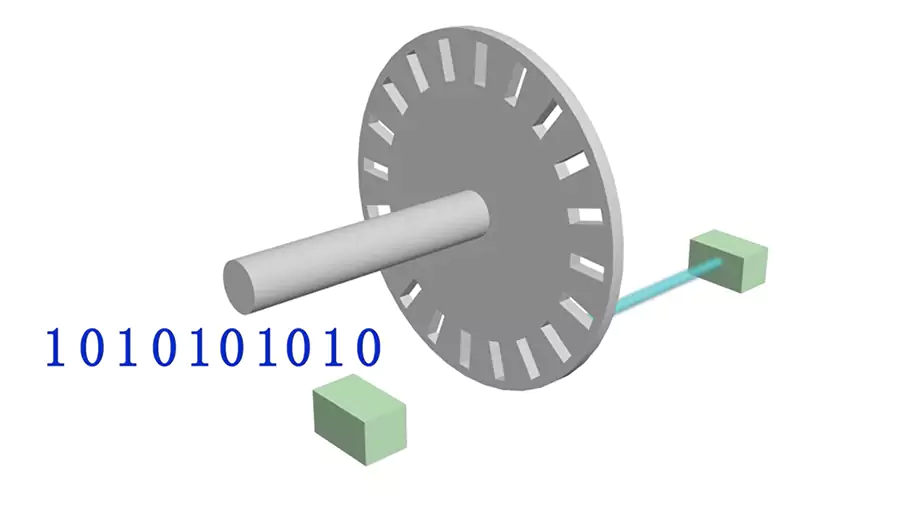
The optical encoder, a critical component within the control system, plays a significant role in achieving precision CNC machining. It uses a disc with sections that are either covered or uncovered. A laser beam passes through the disc, and a photosensitive element detects if the laser passes through or not. Based on this information, the controller can accurately determine the position and speed of the servo motor.
Modern optical encoders further enhance precision by dividing the disc into numerous segments, allowing for even more precise feedback. For instance, a 20-bit encoder can provide motor position feedback at a remarkable resolution of 1/2,097,152 of a circle. This continuous feedback loop allows the CNC machine to make minute adjustments, resulting in unparalleled precision machining.
The Role of Mechanical Structures In the Open-Loop System
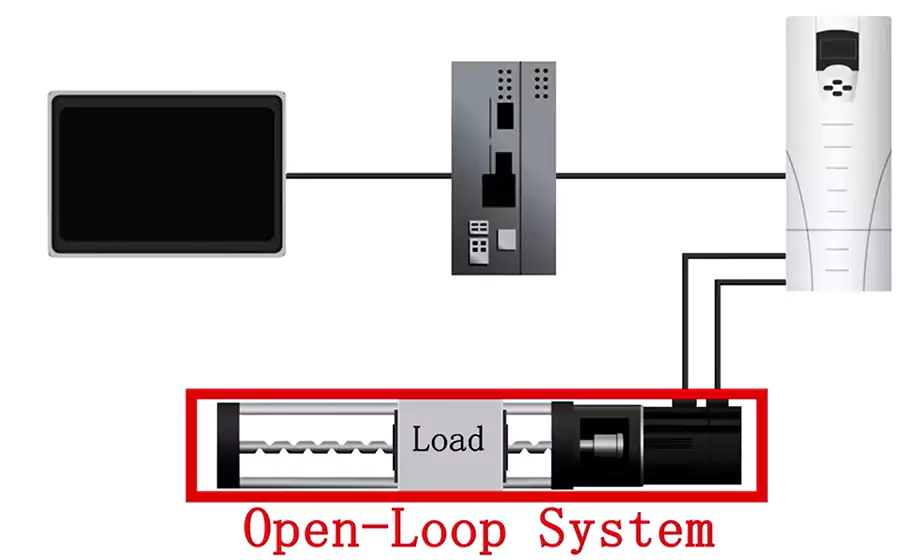
While the closed-loop control system guarantees precision in motor rotation, the open-loop system determines whether the load can reach the specified position after motor rotation. The precision of this system relies on mechanical structures such as ball screws, machine beds, and guide rails.
Ball screws minimize plays during system motion, ensuring accurate positioning of the load. Machine beds are typically made of cast iron to withstand the forces generated during machining operations without significant deformation. The machining accuracy of the guide rail itself is at the micron level. And the materials are all made of hardened special steel. Ensure that no deformation occurs during the use of the machine tools to the greatest extent, and ensure that the fit clearance between moving parts is 0.
The careful design and construction of these mechanical structures contribute to the overall precision of CNC machines, allowing them to deliver tight tolerances parts.
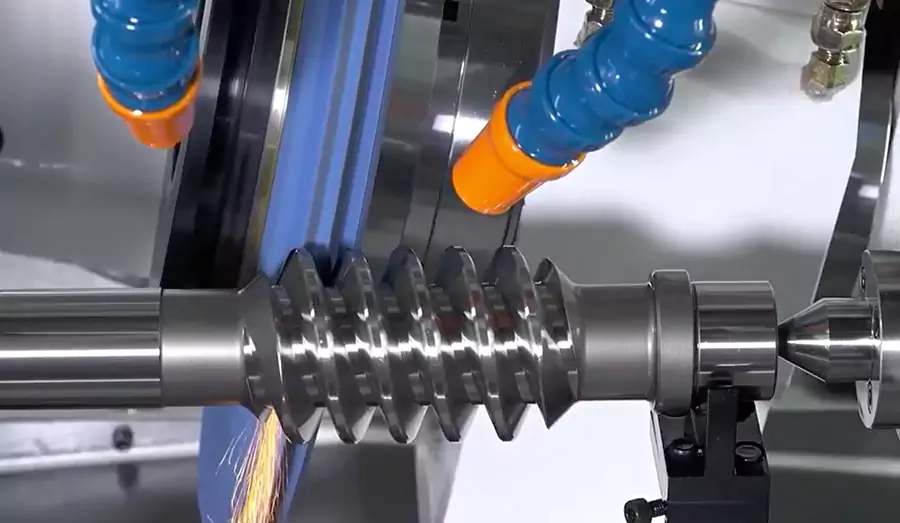
Other element affects the CNC machining precision
Aside from the machine itself, there are other elements that influence CNC precision machining. This includes the plant’s vibration, changes in ambient temperature, the cutting tools’ strength, the cutting tool wear, the strength of the machined components, and so on. For example, statistical data suggest that CNC machines located on a higher level of a building are slightly less exact than CNC machines located on the ground floor. We also see more variation in the tolerance of machined components while CNC machines are just warming up than when they have been running for a while. However, these elements are at the operation level. They can be controlled or adjusted when a CNC machine shop operates CNC precision machining.
Total closed-loop system CNC machine precision
A total closed-loop system would obviously have greater precision than a semi-closed-loop one. Actually, there are CNC machines for high-precision CNC machining that employ closed-loop systems. Those CNC machines use linear servo motors rather than rotary servo motors. Rotary motors provide feedback on the motor rotation position and speed, and linear motors provide feedback directly on the load position and its linear speed to the controller and so constitute a total closed-loop system.
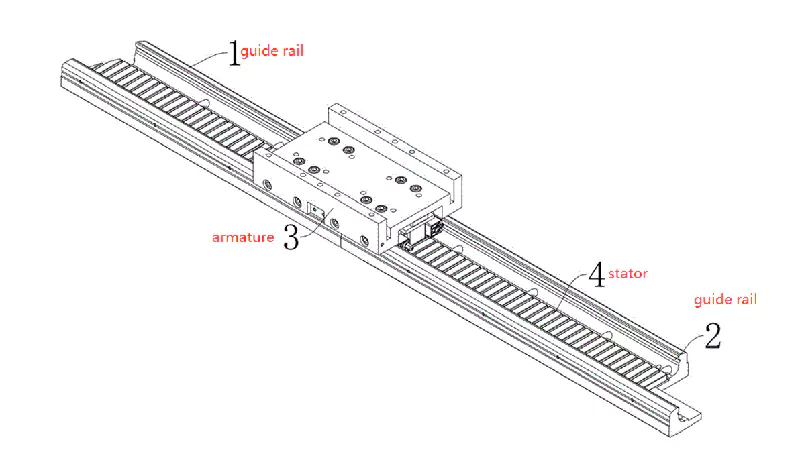
A rotary motor is made up of a stator and an armature (rotor). Permanent magnets in the stator provide a fixed magnet field. Electric current travels through the windings of the rotors, providing a variable magnet field. The magnet field of rotors may be adjusted and tuned by varying the current in the rotors. That is how a normal rotary servo motor works.
A linear motor’s stator is a flat and straight magnet plate. The armature is the moving element of a linear motor. It travels across the magnet plate. A rotation servo motor’s optical encoder rotates in tandem with the motor. A linear motor encoder is coupled to the straight magnet plate. So the position feedback is the direct feedback of the armature position.
Some high-precision CNC machines already have linear motors installed. Linear motors are also being used in a variety of different sectors. Linear motors’ accuracy and speed make them excellent for precision cutting and positioning applications. They require less maintenance, which is a crucial consideration when choosing motion components. Furthermore, its efficient design provides low power usage. In comparison to typical servo motors, linear motors provide smooth operation with reduced noise emissions.
Linear motors’ biggest shortcoming is their limited torque capability. A ball screw is required in the classic rotary servo motor arrangement. The ball screw transforms rotation to linear movement and also functions as a reduction gear, increasing torque. The torque of the motor is applied directly to the load in the linear motor system, bypassing the reduction gear function. As a result, when high torque is required, linear motor systems perform poorly.
If a linear motor system is used for a CNC milling machine’s vertical axis, the low torque capability may not be enough to hold the weight of the spindle, a brake system has to be installed to address the issue. CNC Swiss lathes CNC mills or any other CNC equipment that has a vertical axis would have similar issues. Aside from the high cost of this closed-loop system, the low torque issue is most likely the main reason it is not as popular as the typical rotary servo motor with the ball screw method.
Summary
CNC lathes and milling machines are accurate due to their usage of a semi-closed loop control system. The position and speed of the servo motors constantly feedback to the controller in the closed-loop portion, and the controller adjusts movement in milliseconds. All mechanical parts in the open-loop section are designed and manufactured with the highest rigidity and accuracy to ensure the accurate execution of any movement from the servo motor.
When linear motors are used, a closed-loop system for CNC machines is produced. Although it improves machining precision, the trade-off is a high cost and limited torque applications.
CapableMachining: Your Precision CNC Machining Solution
As the industry leader in precision CNC machining, CapableMachining is your trusted partner for exceptional results. With our state-of-the-art technology and decades of experience, we deliver unparalleled accuracy and quality. Our team of expert engineers and technicians utilizes advanced CNC machines to provide precise and complex machining solutions tailored to your specific needs. Benefit from our efficiency, reliability, and commitment to customer satisfaction. Experience the difference of working with a reliable and dedicated partner. Contact CapableMachining today and let us exceed your expectations in the manufacturing industry.
One comment
Leave a Comment
You must be logged in to post a comment.
I made the decision to learn more about CNC lathe machines because my uncle has been talking about them. It’s a good thing I found your blog because you mentioned the several kinds of CNC machines and precise CNC machining equipment that are out there, including CNC punching machines and CNC plasma cutting machines. If he’s interested, I’ll make sure to tell him about it and look into stores that can help her obtain one. I appreciate you sharing!